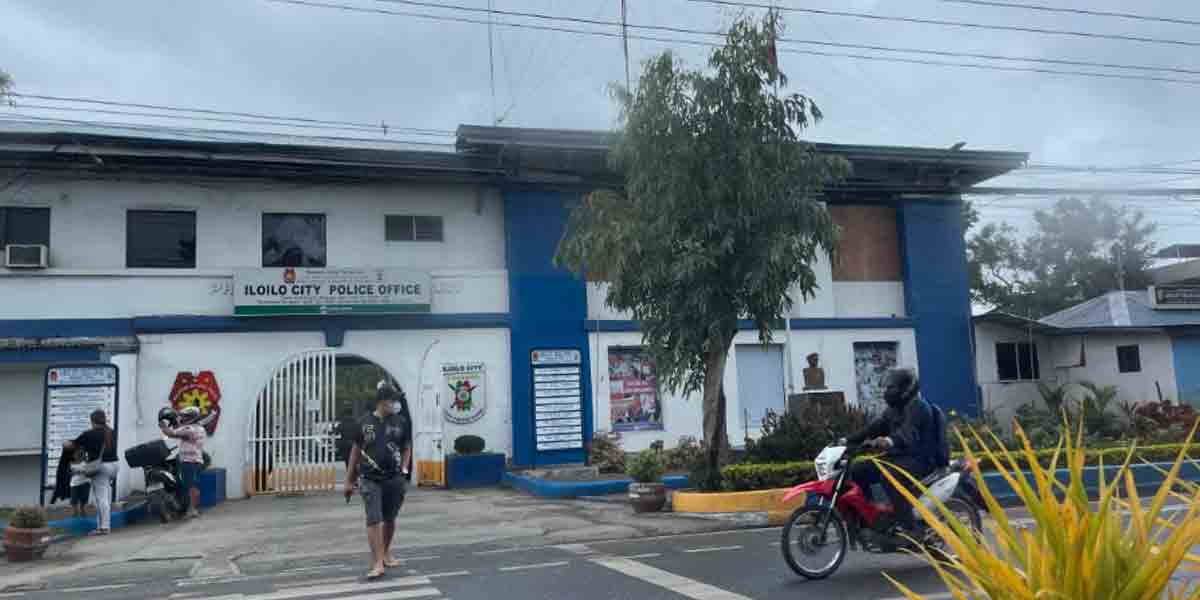Social realism became indelible in the country’s art consciousness after critic Alice Guillermo (1938-2018) applied the term to the works that are political and critical of the Marcos regime done by artists belonging to Kaisahan in the 1970s.
In Western Visayas, social realism is most evident in the works of artists from Negros. Nunelucio Alvarado, Charlie Co, Norberto Roldan, Mario Regollo and collectively, the Black Artists of Asia, are some of the artists who have responded to and captured, especially in the early 1980s, the economic and socio-political conditions of the province.
While Iloilo has remained the regional center, the fairly narrow economic and social gaps in the city and province allowed artists to follow their muse. Those belonging to Hubon Madia-as, a group founded by Ed Defensor, were generally orthodox; Pugaran artists led by Danny Dalisay were dabbling in social issues backed New Age consciousness.
The creative trajectories of artists in Iloilo have not changed since the 1980s as the socio-political climate has relatively remained the same. An exhibition that promises to make socio-political statements invites curiosity. Such is the two-person exhibition by Noel Elicana and Tyrone Espinosa at Museo Iloilo.
Double Dead, the title of the show, is potentially an attention grabber.
An exclusively Pinoy term, double dead primarily refers to the meat of animals that die from disease and sold as food. From the title, the exhibition by Elicana and Espinosa foregrounds and critiques human condition in the country by conflation.
While both artists freely went ahead with their contrasting take on their shared theme, each presented an artwork with the chainsaw as subject – a contrivance to assert conceptual congruity. A chainsaw, after all, could mean, among other things, disregard for subtleties, brusqueness, cavalier behavior and the like. The repulsive feeling over botcha, another term for banned meat, resonates to the chainsaw.
Elicana’s Chainsaw Spirit and Espinosa’s Think and Behave are indictive of what they perceive to be wrong with human beings in general or with Filipinos in particular. Elicana’s statement, while subtle, suggests the impossibility of escape as his chainsaw is more of a trap with its mesh-like properties. Espinosa’s chainsaw statement is akin to one spoken by some cleric – the repent-or-perish kind.
The distinctiveness of each artist’s rendition of the chainsaw motif serve as their individual thesis statements that hold together, in congruence, their other artworks in the exhibition.
Elicana’s paintings shares stylistic affinity with works by other social realists from both the Kaisahan and Salingpusa groups.
When Sacrifice Becomes Seed, Elicana’s biggest work in the show, confronts the present pandemic by incorporating images culled from descriptions of divine judgment particularly in the book of Revelation. The title is a restatement of Tertullian’s “the blood of martyrs is the seed of the church.” The perplexed expressions of the two human figures speak very well of the disorientation that is largely felt under the present circumstances which, to the artist, corresponds to the plague in the Bible.
The rest of Elicana’s works include Coffee Time (about a butcher’s break from work in the abattoir), Leftovers (a reaction to the issue on the Philippine Sea), Half Face Knife (facing day to day survival), and Missing Growth (dealing with environmental and personal growth).
While all the ideas and inspirations behind their creation may not be explicitly captured by the images in these paintings, Elicana’s human subjects are characterized by anxiety, perplexity, and annoyance; in short, they are under a state of general malaise or affliction. Something which is truer these days than ever before.
Espinosa reiterates his kind of sculpture style in Gomburza which references the martyrdom of three Filipino priests (Mariano Gomez, Jose Burgos, and Jacinto Zamora) during the Spanish era. The artist who has made works depicting shackles, conveniently harnesses them along with the cruciform to dramatize the bondage and oppression that people are experiencing in all aspects of their lives. But Espinosa seemed only to describe, with a sense of resignation, the agony and horror of the situation. What to do in the face of such circumstance is up to the receiver of the tragic message.
Espinosa’s Crosscut Series depicts animals on wood resembling chopping boards. Characteristics or behaviors and functions or roles in the Filipino language are etched on these, too. The series particularizes deportment in keeping with what is promoted by Espinosa’s chainsaw work. The works, in their totality, appear like a reiteration of Ezra Pound’s poem Meditatio.
While Elicana’s works present the apprehensions rooted in socio-political and economic actualities that people cannot be discharged from, Espinosa’s works point to the human beings themselves as root cause of the malady.
One leaves the show, Double Dead, thinking: Are we indeed diseased animals being sold for food? Are we dead meat?
[modula id=”213011″]





















